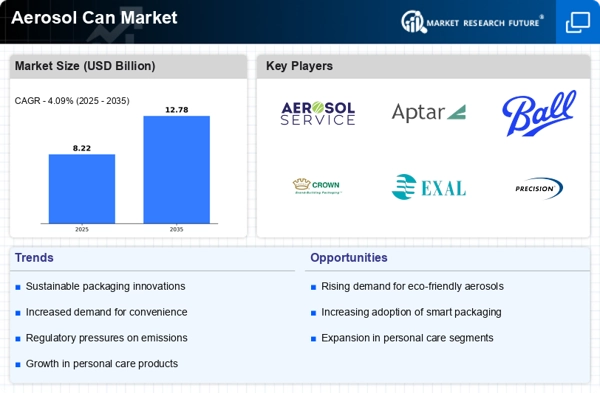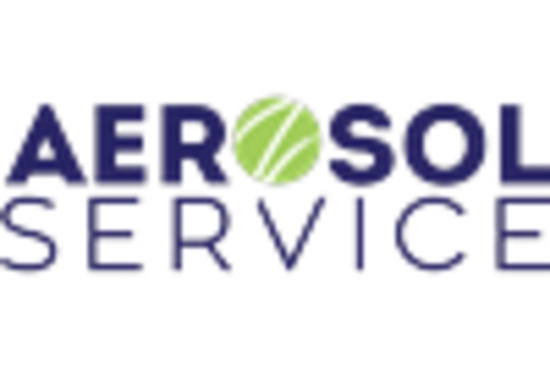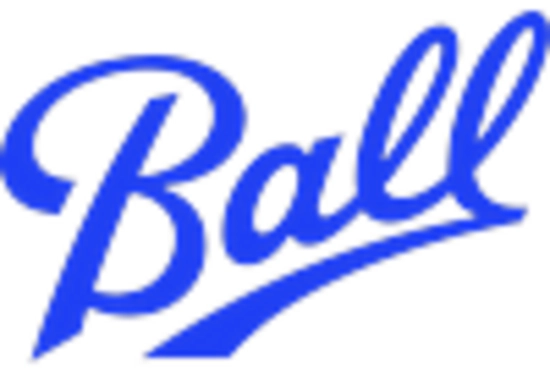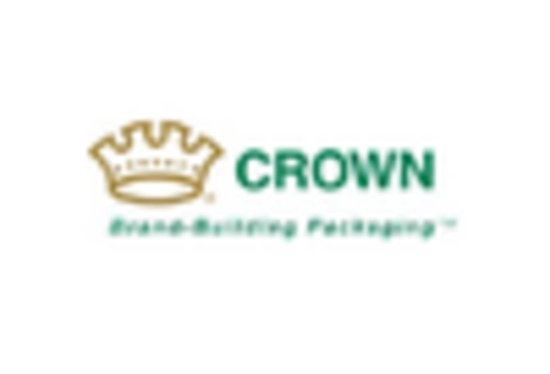Surge in Industrial Applications
The surge in industrial applications is significantly influencing the Aerosol Can Market. Industries such as manufacturing, construction, and food processing are increasingly adopting aerosolized products for various purposes, including lubricants, coatings, and adhesives. The industrial segment is expected to grow at a compound annual growth rate of approximately 5% in the coming years. This growth is attributed to the efficiency and ease of use that aerosol cans offer in industrial settings, where precision and speed are paramount. Furthermore, the trend towards automation and advanced manufacturing processes is likely to drive the demand for aerosol products, as they facilitate streamlined operations and enhance productivity.
Innovations in Packaging Technology
Innovations in packaging technology are playing a crucial role in shaping the Aerosol Can Market. Advances in materials and design have led to the development of lighter, more durable aerosol cans that enhance product performance and reduce environmental impact. For instance, the introduction of recyclable materials and improved valve systems has made aerosol cans more efficient and user-friendly. These technological advancements not only cater to consumer preferences for sustainability but also align with regulatory standards aimed at reducing waste. As a result, manufacturers are likely to invest in research and development to create innovative aerosol solutions that meet the evolving demands of the market.
Growth in Household Cleaning Products
The Aerosol Can Market is experiencing a surge in demand for household cleaning products. As consumers increasingly prioritize cleanliness and hygiene in their living spaces, aerosolized cleaning solutions have gained popularity. The market for household cleaning products is expected to grow significantly, with estimates suggesting a compound annual growth rate of approximately 4.5% over the next few years. This growth is driven by the convenience and effectiveness of aerosol cans, which allow for easy application and distribution of cleaning agents. Additionally, the trend towards eco-friendly cleaning solutions is influencing product development, as manufacturers seek to create sustainable aerosol options that appeal to environmentally conscious consumers.
Expansion of Automotive Aerosol Products
The expansion of automotive aerosol products is emerging as a significant driver in the Aerosol Can Market. With the increasing number of vehicle owners and the growing emphasis on vehicle maintenance, aerosol products such as lubricants, cleaners, and paints are witnessing heightened demand. The automotive sector is projected to contribute a notable share to the aerosol can market, with growth rates estimated at around 6% annually. This trend is fueled by the convenience and efficiency of aerosol applications, which allow for precise and even distribution of products. As consumers seek to maintain their vehicles in optimal condition, the reliance on aerosolized solutions is likely to continue to rise.
Rising Demand for Personal Care Products
The increasing consumer preference for personal care products is a notable driver in the Aerosol Can Market. As individuals become more conscious of grooming and hygiene, the demand for aerosolized personal care items, such as deodorants and hair sprays, continues to rise. According to recent data, the personal care segment is projected to account for a substantial share of the aerosol can market, with an estimated growth rate of around 5% annually. This trend indicates a shift towards convenience and ease of use, which aerosol cans provide. Furthermore, the appeal of aerosol products lies in their ability to deliver consistent application and enhanced user experience, thereby solidifying their position in the personal care sector.


















Leave a Comment